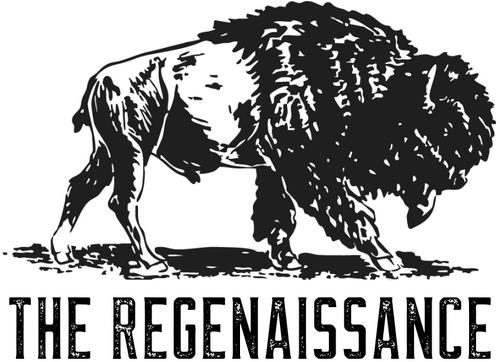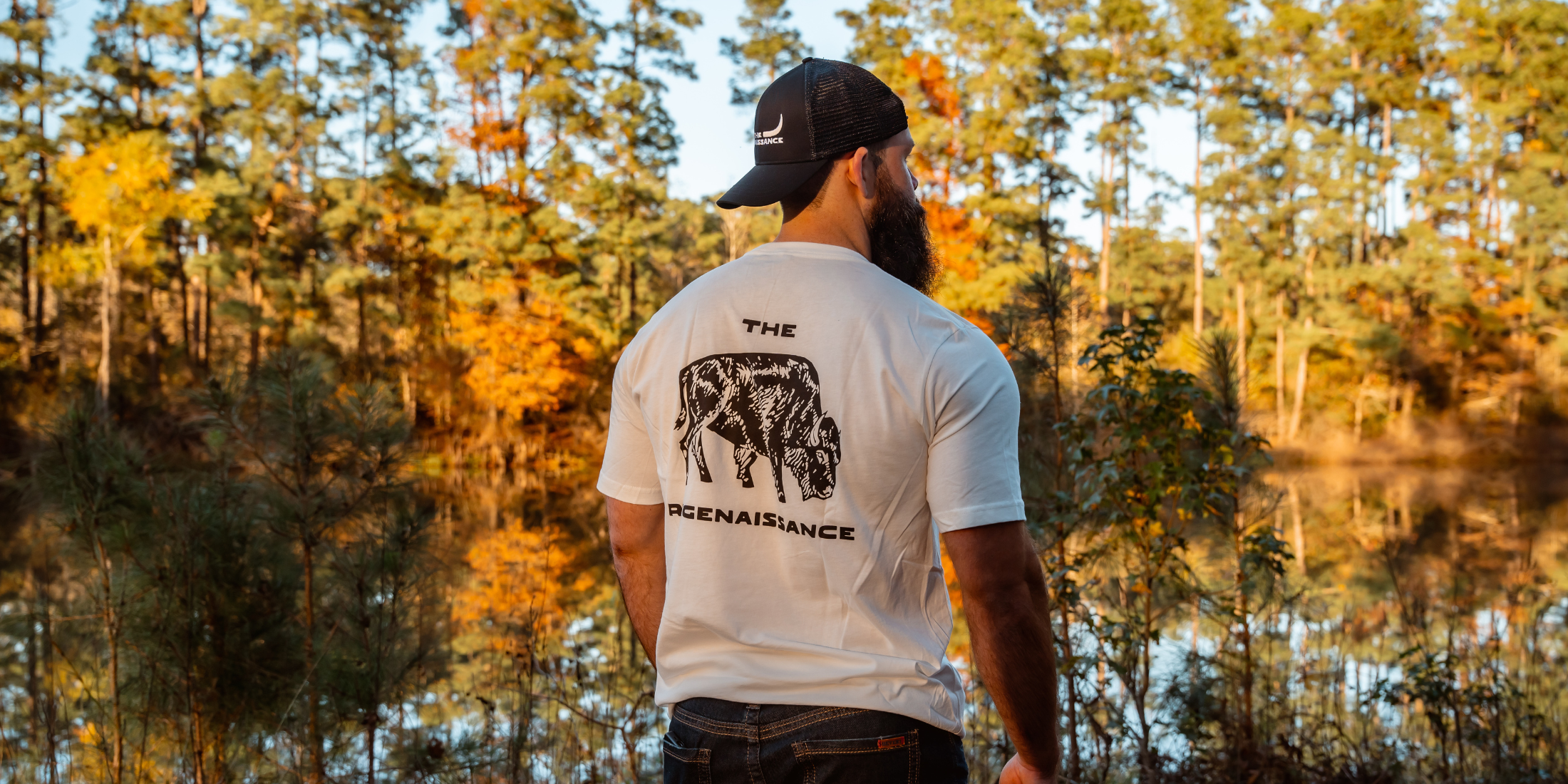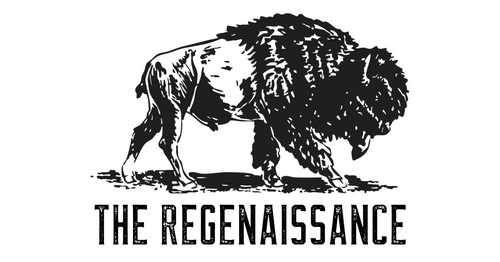Picture this: a cold morning on a family dairy farm. A prized heifer worth $4,500 is down. The farmer scrambles to call the vet — only to find none are available. The nearest large-animal veterinarian is booked for days or hours away. By the time help arrives, the animal is lost, along with hundreds of dollars in milk revenue.
This isn’t a one-off tragedy. It’s the new normal in rural America. Across 46 states, more than 500 counties face critical shortages of food-animal veterinarians. For regenerative and family farmers, this crisis threatens not only herd health but also food sovereignty itself.
On August 28, 2025, USDA Secretary Brooke Rollins announced a new Rural Veterinary Action Plan. The $25M initiative expands loan repayment programs, offers grants for new rural practices, and promises to “put Farmers First.” But after decades of neglect, many ranchers are asking: is this too little, too late?
In this article, we’ll break down what’s happening, why it matters, and what’s at stake for regenerative agriculture.
What Happened: USDA’s $25M Rural Vet Plan
On August 28, Secretary Rollins outlined five strategies under USDA’s Rural Veterinary Action Plan:
-
Expanded Loan Repayment: An additional $15 million for the Veterinary Medicine Loan Repayment Program (VMLRP), which helps vets buried under six-figure student debt.
-
Practice Grants: More funding for the Veterinary Services Grant Program (VSGP) — two Mississippi practitioners just received $125K each to outfit clinics serving hundreds of farms.
-
Nationwide Shortage Report: USDA’s Economic Research Service will deliver a county-by-county vet shortage analysis by 2026.
-
Federal Recruitment: Incentives like hiring bonuses and special pay scales to attract vets into USDA animal health roles.
-
Rural Resources Catalog: A mapping of USDA loans and grants that rural vets can use to start or sustain practices.
On paper, it looks like a step forward. But critics point out that timelines stretch into 2026, while farmers are losing livestock today.
The Economic Toll on Farmers
The numbers are brutal. A single untreated mastitis case can cost $300+ in lost milk and penalties. Delayed care often means:
-
Culled animals — A breeding cow lost prematurely can sink future herd revenue.
-
Emergency fees — Farmers pay steep bills when a vet drives hours for a midnight call.
-
Lost productivity — Sickness unchecked spreads across the herd.
-
Market losses — Sick or stunted animals sell for less at auction.
In Nebraska, producers warn that “large-animal services have suffered… causing farmers and ranchers to lose livestock due to a lack of availability,” inflicting “immense” local economic damage.
For regenerative ranchers, the stakes are even higher. Every lost cow or hog is a hit not just to income, but to the soil-building, rotational systems that define regenerative agriculture.
Food Sovereignty at Risk
Food-animal vets are more than emergency responders — they’re the first line of defense in food safety. According to Johns Hopkins’ Center for a Livable Future, veterinarians help prevent foodborne disease outbreaks by treating and monitoring animals at the farm level.
Without them:
-
Diseases spread unchecked, risking both herds and humans.
-
Local food systems falter, as farmers struggle to maintain production.
-
Rural economies weaken, as vet clinics close and associated services vanish.
Senator Cindy Hyde-Smith put it bluntly: “Food security is national security.”
A History of Vet Incentives (and Failures)
The vet shortage isn’t new. In 2010, USDA launched the VMLRP, offering $25,000/year in loan forgiveness (for three years) to vets working in shortage areas.
The results? Mixed:
-
~800 vets placed nationwide since launch.
-
Federal funding doubled to $10M/year by 2023, but awards remained flat.
-
Meanwhile, average vet student debt ballooned to $147,000 — making food-animal practice financially unattractive compared to pet medicine.
-
To make matters worse, USDA loan awards are taxed as income, shrinking their impact.
Some states stepped in. Colorado now offers up to $90K over four years for rural food-animal vets. But without federal reform, these programs remain piecemeal.
Farmers Speak: Voices from the Front Lines
-
Wisconsin dairy farmer: “Sometimes I’m driving 45 minutes, hoping the vet can squeeze me in before things go south. Time is money, and delays cost both.”
-
Oregon organic hog rancher: Told Congress he was forced to slaughter sows too early, disrupting regenerative cycles.
-
Mississippi Farm Bureau President Mike McCormick: “Without veterinarians, our farmers and ranchers cannot thrive, and without thriving farms, our rural towns and communities cannot survive.”
These aren’t abstract policy debates. They’re lived realities, felt in barns and pastures every single day.
Will USDA’s Plan Work?
Advocates welcome the funding — but skepticism runs deep.
-
Debt vs Pay Gap: Food-animal vets earn roughly half what urban pet specialists make. No grant makes up that difference long term.
-
Lifestyle Challenge: Long hours, remote travel, and low density of clients make retention difficult.
-
Timeline Trouble: USDA’s shortage report won’t land until mid-2026. Farmers in crisis can’t wait that long.
As University of Wisconsin’s Nigel Cook noted: “Even if we doubled the number of graduates going into food animal practice, farmers would still be complaining if nobody wants to work in those low-density areas.”
Bigger Picture: Regenerative Agriculture and Rural Survival
For regenerative farmers, vets are more than service providers. They’re partners in herd health, soil fertility, and food safety.
Without them:
-
Grass-fed beef herds dwindle under untreated illness.
-
Dairy operations collapse when mastitis runs rampant.
-
Local processing plants shutter as animal supply falters.
The vet shortage isn’t just an ag issue. It’s a rural survival issue. Towns without vets lose businesses, families, and eventually their way of life.
FAQ: Rural Vet Shortage Explained
Q: How many U.S. counties lack large-animal vets?
A: Over 500 counties in 46 states face shortages.
Q: What does the USDA’s Rural Veterinary Action Plan include?
A: Expanded loan repayment, practice grants, recruitment incentives, rural resource catalogs, and a 2026 shortage report.
Q: Why don’t more vets choose food-animal practice?
A: High student debt, lower salaries compared to pet care, long hours, and rural lifestyle challenges.
Q: How much can a single untreated cow illness cost?
A: $300+ for mastitis, plus lost productivity, missed breeding, and reduced herd value.
Q: What’s the long-term risk if this crisis isn’t solved?
A: Erosion of food sovereignty, weakened local economies, and reduced national food security.
✊ Rebels, don’t let this crisis fade into policy white papers. Share this article with your neighbors, post it on your social feed, and wake up your community to the stakes.
Every share helps amplify farmers’ voices. And if you haven’t already, join our Substack to get these farmer-first reports delivered straight to your inbox. Because food freedom deserves a microphone.





